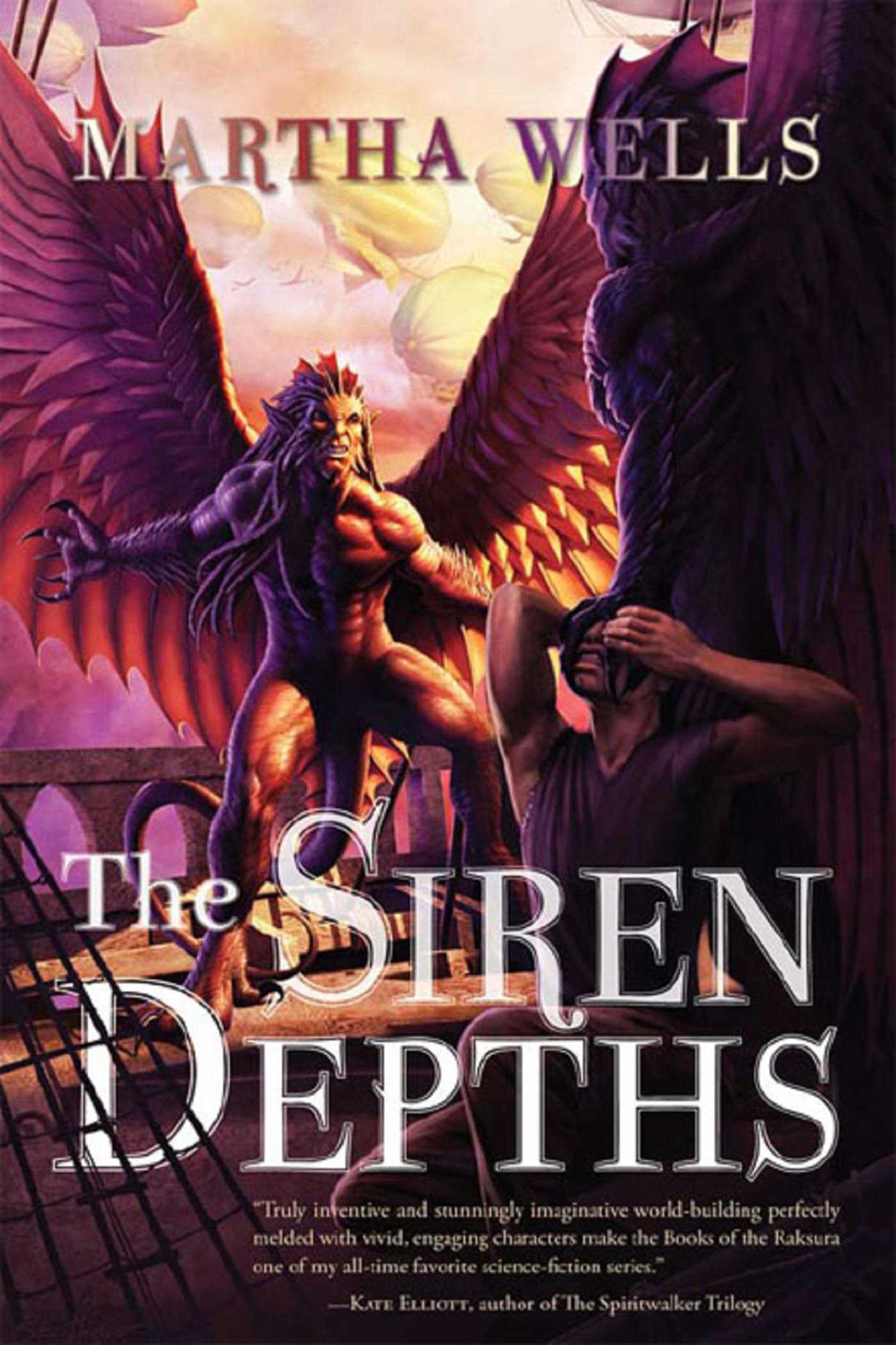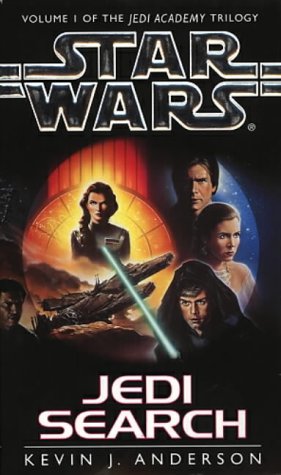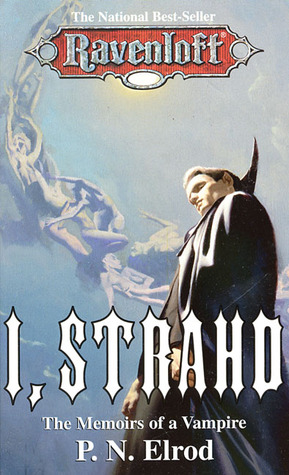In the ’70s, and ’80s, there was a massive boom in horror cinema in various stripes, from the US and Italy, combined with the general boom in Exploitation films. This boom wasn’t just limited to film. This period also saw a dramatic increase in the amount of horror novels published in the US – with highly successful novels like The Exorcist, Rosemary’s Baby, and The Amityville Horror, and Jaws (all of which were later adapted to the screen), leading to an accompanying rise in horror novels.
Paperbacks from Hell goes into this boom and basically breaks down the slew of horror novels into manageable chunks. Not by year, but by sub-genre, getting into what gave each subgenre its appeal. White Flight from the cities and the success of The Amityville Horror helped boost the popularity of haunted house stories, and so on.
The tone of the work is somewhat irreverent – recognizing that when you have so many hundreds upon hundreds of horror novels in myriad sub-genres can lead to a very high level of crap, and a lot of formulaic writing. It makes for a book that I’d almost describe as what you’d get if Brad Jones wrote a guide to Exploitation film.
The book also pulls no punches when it comes to criticism. Author Grady Hendrix makes it clear that some of these genres in particular, especially those who put the horror in an urban setting, are basically written to play on conservative fears. Hendrix does a good job of calling attention to a great deal of the misogyny that with those books, along to other bits of bigotry (especially when it comes to the writing of people of color and gay characters). In turn, the horror books based around rural are also based about more progressive observations – the coal town making a deal with the devil to reopen the mine and bring the jobs back (but in turn opening a portal to hell).
While some of the big names, like Stephen King, Peter Straub, Clive Barker, Anne Rice, and Poppy Z. Brite are certainly mentioned – their work helped keep the boom going, and their fiction has been able to endure long after the paperback boom has ended – he puts a lot of focus on other, lesser known horror authors. By no means are they all good, but they are all certainly interesting, either in terms of the particular fears they called on to fuel their work, or their own personal careers.
The book is also interspersed with a wide variety of color images of the covers of these various books, which on its own makes for engrossing viewing. As the books in these various genres go more and more over the top in an attempt to one-up both the last installment, and their competitors , so the covers get more and more hilariously macabre, going from creepy, to gross, to bizarrely absurd.
If nothing else, as I read this book, I found myself wishing there was a Youtube show, like The Cinema Snob, which approached these genre with the same degree of irreverent humor as he does in that show. I’ve already got a bunch on my plate already, otherwise I’d be willing to take up that torch myself. Still, there is definitely a space in internet horror fandom for someone to take it up instead.
Paperbacks from Hell is available from Amazon.com in paperback and Kindle editions. There’s also an audiobook forthcoming. However, due to just how absolutely important the art is to this book, in terms of showing how these books were presented to the public, I cannot recommend the audiobook when it comes out, and I’m hesitant to recommend the Kindle edition as well. The Paperback edition is the best way to go, with the covers of the various books presented clearly in vivid color.
If Hendrix was to edit a coffee table book compiling their favorites of the covers from this period, I would also give that a clear recommendation, as the covers for these books are intense, over the top, and truly have to be seen to be believed.















